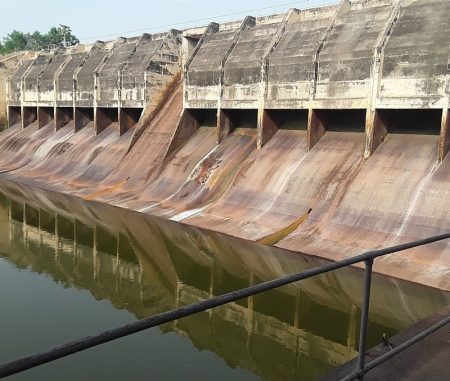The Ghanaian film industry, while possessing immense potential, finds itself in a state of arrested development, hampered by systemic challenges rather than a lack of talent or creativity. Shirley Frimpong-Manso, a leading figure in Ghanaian cinema, articulates this predicament, asserting that the industry is not deceased, but rather starved of the necessary lifeblood of investment and infrastructural support. This diagnosis underscores a critical distinction: the industry’s struggles stem not from an inherent deficiency in storytelling or artistic aptitude, but from a broader ecosystem that fails to nurture and empower its creative constituents. Ghana, a nation rich in cultural narratives and artistic expression, possesses a wealth of talent, both in front of and behind the camera. However, this potential remains largely untapped due to a confluence of factors, primarily revolving around the absence of a robust and enabling environment for filmmaking to flourish.
Frimpong-Manso points to the meteoric rise and global recognition of Nollywood, the Nigerian film industry, as a compelling case study of what sustained investment and strategic infrastructure development can achieve. Nollywood’s success story is a testament to the transformative power of creating a conducive environment for filmmakers. It highlights the importance of factors such as readily available funding, accessible distribution networks, and a supportive regulatory framework. The Nigerian experience demonstrates that when these elements are in place, a thriving and internationally competitive film industry can emerge, generating economic opportunities, cultural influence, and global recognition. By contrasting Nollywood’s achievements with the current state of the Ghanaian film industry, Frimpong-Manso implicitly advocates for a similar approach in Ghana, emphasizing the need to replicate the successful model by addressing the existing infrastructural and financial gaps.
The lack of cinemas in Ghana poses a significant impediment to the industry’s growth. Cinemas serve as vital exhibition spaces, providing filmmakers with a platform to reach wider audiences and generate revenue. The scarcity of these venues limits the distribution and reach of Ghanaian films, hindering their potential for commercial success. This lack of access to theatrical release also diminishes the incentive for investment in film production, creating a vicious cycle that further stifles the industry. Without a viable theatrical market, filmmakers struggle to recoup their investments, making it challenging to secure funding for future projects. The absence of cinemas, therefore, represents a fundamental structural deficiency that undermines the entire filmmaking ecosystem.
Compounding the challenge of limited exhibition spaces is the chronic issue of inadequate funding. Filmmaking is a capital-intensive endeavor, requiring significant investment across various stages, from pre-production to post-production and marketing. The limited availability of funding sources, both private and public, severely restricts the scope and scale of Ghanaian film productions. Independent filmmakers often struggle to secure the necessary financial resources to realize their creative visions, leading to compromised production values and limited marketing reach. This financial constraint restricts the industry’s ability to produce high-quality films that can compete on the international stage, perpetuating a cycle of underdevelopment.
The Ghanaian government’s role, or rather the lack thereof, in supporting the film industry further exacerbates the challenges. While other countries have recognized the economic and cultural significance of their film industries and implemented policies to foster their growth, Ghana’s governmental support has been largely inadequate. This lack of proactive support translates into a missed opportunity to harness the industry’s potential for job creation, revenue generation, and cultural promotion. A more engaged and supportive governmental approach, including the implementation of film-friendly policies, tax incentives, and funding initiatives, is crucial to unlock the industry’s potential and create a more sustainable ecosystem.
In conclusion, the challenges facing the Ghanaian film industry are multifaceted and interconnected. The lack of cinemas, inadequate funding, and limited government support create a complex web of obstacles that hinder the industry’s growth and prevent it from reaching its full potential. While the industry possesses a wealth of talent and creative potential, these systemic deficiencies create a stifling environment that limits the industry’s ability to thrive. Addressing these fundamental challenges requires a concerted effort from all stakeholders, including filmmakers, investors, and the government, to create a more supportive and enabling environment for the Ghanaian film industry to flourish and realize its potential as a vibrant contributor to both the national economy and the global cinematic landscape. The future of the Ghanaian film industry hinges on the ability of these stakeholders to collaborate and implement the necessary changes to build a sustainable and thriving cinematic ecosystem.














